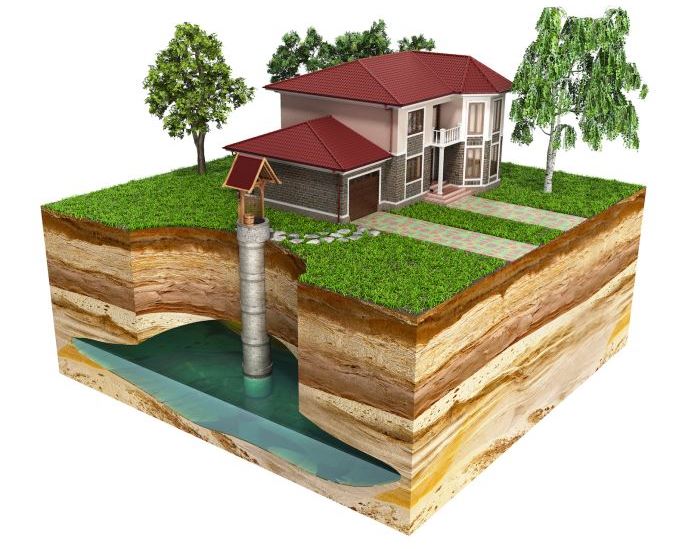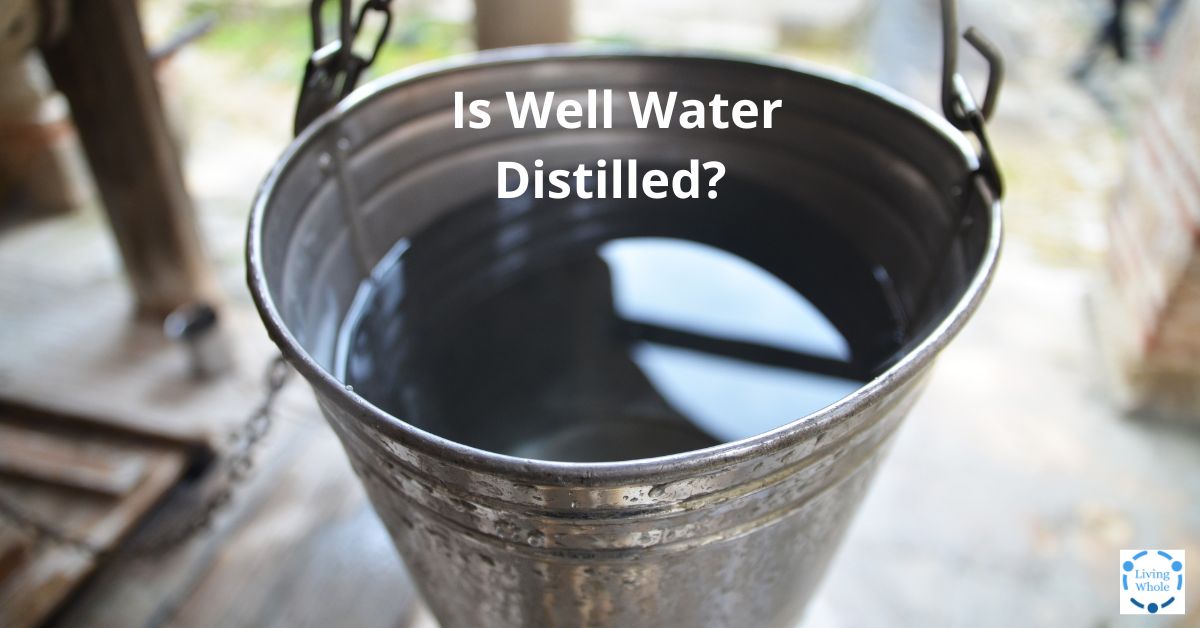If you rely on well water, you might wonder how it compares to other types of purified water—especially distilled water. Is well water naturally distilled? Can you drink it safely without additional filtration? And if you want pure, distilled water, how can you achieve that from your well supply? Let’s break it down in simple terms.
Is Well Water the Same as Distilled Water?
The short answer is no; well water is not the same as distilled water. Here’s why:
Well Water comes from underground aquifers and contains minerals like calcium, magnesium, and sometimes iron. It may also carry natural sediments, bacteria, or other contaminants depending on the surrounding environment. While well water can be safe (and even taste great), it isn’t pure H₂O.


Distilled Water is created through a process of boiling water, collecting the steam, and condensing it back into liquid form. This process removes nearly all impurities, including minerals, chemicals, and microbes. Because distillation eliminates virtually everything except pure H₂O, it’s one of the most effective ways to purify water. The result is ultra-pure water, often used in medical settings, laboratories, and appliances like humidifiers where mineral buildup could cause damage.
So, while well water is natural, it’s not distilled unless you treat it further. Without distillation or another purification method, well water retains its mineral content—along with any potential contaminants from the surrounding environment.
Can You Drink Well Water Safely Without Distillation?
Many people drink well water without distilling it, but safety depends on a few factors:
1. Testing—Regular water testing is crucial to check for contaminants like nitrates, heavy metals, or bacteria.
2. Filtration—A water filter system for home use, such as a reverse osmosis filter, can remove many impurities, making well water safer and better-tasting.
3. Mineral Content—Some minerals in well water are beneficial, but excessive amounts may require softening or filtration.
If you prefer purified water similar to distilled, you’ll need to take extra steps.
How Do You Make Distilled Water from Well Water?
If you want to turn your well water into distilled water, you have a few options:
Home Distillation: You can distill water at home using a simple stovetop method by boiling well water in a large pot, capturing the steam by placing a lid upside-down so condensation drips into a clean container. Then collecing the distilled water once cooled. This works, but it’s time-consuming for large quantities.
Countertop Water Distillers: For a more efficient solution, consider a Megahome water distiller designed for distillation. These appliances automate the boiling and condensation process, producing purified water with minimal effort.
Reverse Osmosis + Deionisation: If you want near-distilled quality without boiling, a reverse osmosis filter can remove up to 99% of contaminants. For even purer water, some systems include a deionisation stage to strip remaining minerals.
Which Method is Best?
Home distillation works best for occasional use. For daily drinking a countertop water filter system (distiller or RO system) is more convenient. If you are after whole-house purity, a water filter system for home with reverse osmosis ensures clean water at every tap.
Wrapping it Up
Well water isn’t distilled by nature, but with the right filtration, you can achieve similar purity. Whether you choose distillation, reverse osmosis, or another method, the key is ensuring your water is safe and meets your needs. Have you tried distilling your well water? What filtration methods work best for you? Let me know in the comments!




